Project SHIFT: I’ve never done anything like it.
This is coming from someone who has written 400+ member-focused emails, a shedload of original stories, and close to 300 articles at speedster.news in less than a year.
SHIFT, you ask? That was the codename for the Can-Am Maverick X3 off-road side-by-side vehicle. It had less to do with the transmission (a CVT) and more to do with how the company believed it had the potential to change the off-road market.
How I got the gig
First, caveats. As a former BRP employee and colleague of people who very much still work there, the first three points I’ll mention are:
- The work I’m referring to was mostly done more than five years ago;
- I was hired as an independent consultant anyway, and didn’t sign any confidentiality agreements when I left as an employee;
- Things now work very differently at BRP—this close-knit, winning approach would never fly in 2023.
Word of mouth is key; when one of my former colleagues from Bell Media told me a peer at BRP was looking for a talented, engaging copywriter adept at conveying the Ins and Outs of a vehicle…I quickly threw my hat in the ring.
My first gig there wasn’t actually for the X3—I worked with Sea-Doo to launch the ST3 hull, a wider and more stable platform (that has since become the default for how riders and industry types expect 3-seat personal watercraft to perform).
That went swimmingly—aka on time and under budget—and the product team leader at Sea-Doo passed my name to his counterparts at Can-Am Off-Road when they’d expressed frustration at finding a more engaging, English-first copywriter.
With the explosive growth in off-roading, my work was viewed by millions of people, across multiple formats—many of whom decided to spend their hard-earned money on a Can-Am product. I’ve never had the opportunity to thank these customers for their faith that what I’d written would meet or exceed their expectations.
How it started
Even after signing NDAs and pledging my allegiances to the gods of secrecy, what I was given to work with didn’t amount to a whole lot.
I keep all of my meeting notes, and so it’s pretty simple to go back and examine what I’d written down, and questions I was curious about:
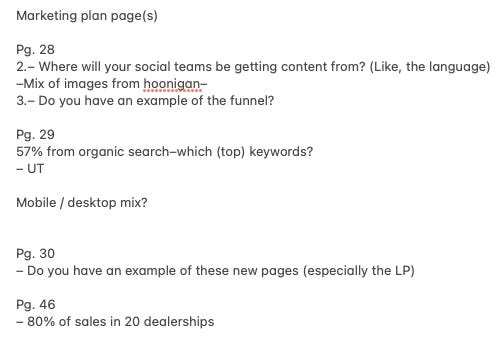
Later, I was given additional information, including basic specifications (as they were then-known), direction for the target customers, and where the Maverick X3 was supposed to be positioned within the market.
None of this data-gathering is magic, but in my opinion it’s crucial to balance what the company wants to convey with what shoppers will be asking—more on this in a moment.
My approach
Between meetings, in 2016 I watched tons of YouTube, chiefly SXS Blog—a huge shout-out here to Doug, Nick, and Sous (and now Rick, Frankie, Matt, and Mike) for unknowingly inspiring the marketing for a vehicle they’d eventually buy for themselves and make a successful business out of(!!)
^ SXS Blog back in 2016, after hitting a milestone of 3,000 subscribers. They’re now at close to 400,000 subscribers! 👏
I knew I needed to impress the fans of SXS Blog—plus the people who religiously watched videos by David “Ostacruiser” (and his wife, Carrie) Ostipiw here in Canada, and the audience growing around then- Can-Am product ambassador, Ken Block (RIP).
Throughout the initial process, I fought for language that allowed us to talk the talk—at the time not knowing if the Maverick X3 would deliver on the promises of the product and engineering teams.
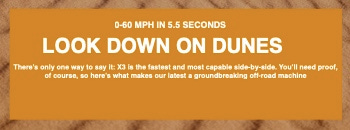
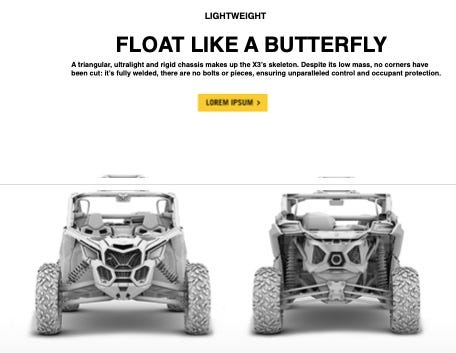
^ SXS Blog’s first experience with a Maverick X3, in mid-2017
To craft this copy, I was continually going back and forth with the marketing and social media teams, running taglines by them, sharing copy I wasn’t going to use (in case they preferred it over what I had suggested), and discussing future plans for the model so I knew where there was room to grow.
Soon after, the model spawned a best-selling 4-seat variant—and I was ready with words for that, too.
Was this hybrid approach of continually showing my work the right way to do it? I think so! (At the time, I also lived ~10 hours away from anyone at the former marketing offices in Valcourt, Quebec!)
Back then, the team was small, motivated, and given enough freedom at BRP to “launch the damn thing” and make it a success.
These days—I say this after having helped launch the subsequent MAX models, the Defender utility side-by-side, G2+ ATV models, the smaller Maverick Trail and Maverick Sport, and new Commander—it doesn’t work like this any more at BRP.
Across more than 1,000 copywriting projects, I saw how the approach shifted from being more of an intimate, integrated copywriting gig to one that was shuffled off to solicit the opinions of various agencies and junior copywriters within those agencies.
An agency of one
These agency people are—make no mistake—professionals, and committed to doing great work…but often, they are not only beholden to their agency bosses, but are silo’d and removed from much of the content creation and approval process.
Then, marketing, product, and social media teams comment on, edit, and alter the raw work based on their specific objectives—not necessarily with the goal of simply “launching the damn thing” and making it a success.
For example, in the early days, I delivered copy directly to the person responsible for laying out the product pages. If a headline was too long or too short, I had immediate feedback—and could quickly provide revisions.

As these revisions were completed, the person at BRP was then able to have an entire website / email campaign / direct mail project approved by product, marketing, and social media teams. I’m not perfect, and there were definitely thousands of changes to make, but the copywriting was closely integrated and seen as an asset within those teams.
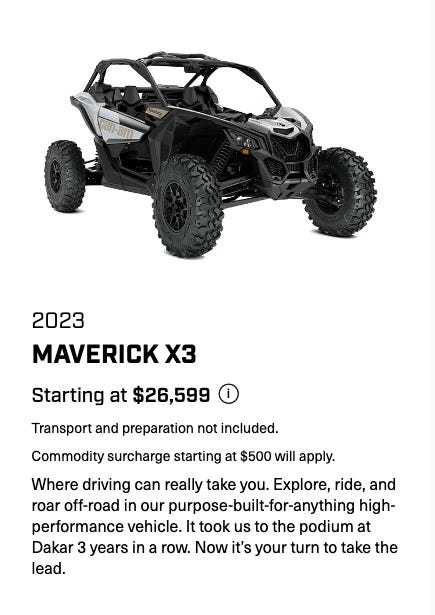
Now, the copywriting is often looked at in a sort of vacuum between spurious brand guidelines, project briefs, and proofing software—each website field, Customer Relationship Management (CRM) email spec, and social media need is pre-counted down to the character.
When does this get turned into “marketing” for further approval? Only after the first few rounds of copy are signed off on. Who gets to approve the copy? Whomever leads the project, regardless of their position within the overall machine—or their actual understanding of the customer.
People are rarely hired because of their empathy for customers, but for their perceived skills in fitting into a job that needs doing.
When copywriters are divorced from direct contact with product planning and marketing teams, “agency speak” takes over.
Why this matters
Look, as a former employee, there’s a chip on my shoulder about all of this—but it’s not for the reasons you may think.
Above all, I wanted to do great work and use my talents to help a CANADIAN company achieve international success. Job #1 for me wasn’t selling the Maverick X3 vehicle at all—it was in translating the Can-Am Off-Road vision so that past, present, and future customers felt like we’d created a product they needed to pay attention to.
I was paid well (hourly) for all of this work, but far below what an agency would have charged—all because I was confident in my abilities but unsure about what my future career would bring.
When copywriters are divorced from direct contact with product planning and marketing teams, “agency speak” takes over.
Writers need to rely more on vapid taglines (“All hail the champion of rocks, dirt and dunes”), nonsensical statements (“STRENGTH IS POWER”), and impossible marketing claims (“Bound over boulders, trounce through dunes without a care in the rugged, craggy world”) over what customers want and expect to learn. (Yes, those are all real and live, and online in 2023.)
As companies grow and their marketing needs change, marketing agencies are often a crucial link in spreading a message on multiple platforms in a coordinated way. However, they often don’t invest the time, energy, and effort in truly understanding a target market before beginning to work on a campaign.
There might be demographic research, multiple product meetings, and proprietary data to lean on—but it’s a poor substitute from physically sitting down and watching, say, a dozen SXS Blog episodes with curiosity and a notepad.
Before long, the curiosity-led approach will answer questions like these—and lead to newer, deeper, more important ones.
What are people excited about? What are they driving now? What’s their living situation like? Are they eating Kraft dinner in order to afford upgrade parts for their machines? How long of a drive is it from point A to Moab or point B to Glamis? Do they need to tow their vehicle to get to a trailhead, or have they built their lifestyle around living close to where the action is?
Without doing the homework, copywriting becomes a game of Whac-A-Mole—45 characters here for a title, 120 characters there for a description, and a complete disconnect from what customers need to see from companies.
Marketers can’t buy empathy
These vehicles themselves ain’t cheap, and the off-road lifestyle isn’t without major investments in time, money, tow rigs, gear, and education. In other words, it’s actually impossible to buy a Can-Am Maverick X3, hop in, and simply “bound over boulders”—unless the dealership has a few up front to practice on.
Can they be plated for use on the road? In some places. Do riders need to wear helmets? Absolutely. When do people take out their performance side-by-sides? Generally, on the weekends. Where do they take them? Generally, on local trails (if they’re lucky), to a handful of off-road parks, and a select number of public lands in the U.S. and Canada that allow their use. Can kids ride along? Technically, if they can’t sit in the seat with a helmet on and feet touching the ground…no…no they can not.
(Shout-out to Travis Pastrana for teaching his daughter how to do tricks on a private test track—great marketing, but legally quite grey if it inspires others to do the same.)
Many customers (recession or not) are more than $50,000 Usd. into the off-road lifestyle—not including a truck to haul it all with—to participate in a lifestyle they truly love. Without having empathy and an understanding for the sacrifices people are making to afford their hobbies, it’s impossible to be an effective marketer. Copywriter? hah.
It takes an army of highly talented creative people to create the marketing you see, and often, these creative people are either new in their careers, rushed to deliver results, and buried under a mountain of contradicting expectations.
“If you were so good at your job, what happened?”
Well, long story short: I decided to move to Quebec and take a full-time role within BRP’s marketing department, doing social media engagement—I mainly responded to comments and DMs, among other things.
As I stated, when I was doing a ton of copywriting, I didn’t invoice as much as an agency, and my work was known to only a small group of people within the company who weren’t the ones in charge of hiring agencies.
Over time, freelancing became a difficult mix where some projects were submitted directly to people at the company, while others were submitted directly to agencies working on the account. If it was a winner, the larger agency (and not me) often got the credit.
Years ago, I tried to advocate for the creation of an internal content creation agency (which I dubbed “Maverick Media”), where I envisioned being embedded farther up the chain with design and product teams to create rock-solid marketing plans and briefs in unison with actual decision-makers.
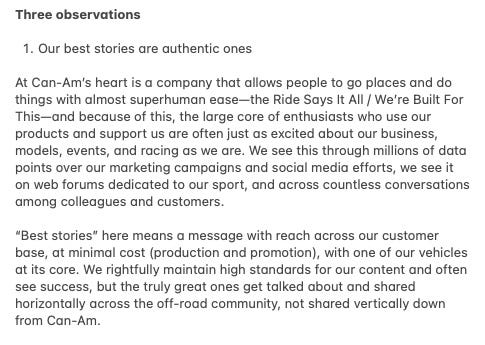
In essence, I pitched the idea of being an internal journalist with full access to future products, in the hope of tightening marketing messages and giving agencies farther down the line the information they would need in order to create compelling ads, social media posts, and campaigns.
By the time I’d accepted an official role with the company, the working dynamics had changed significantly. With my peers accepting new roles, or simply moving on in their careers—and marketing directors obsessed with hiring “hip” full-service agencies—I felt like it was time to move within the company and bring my copywriting experience to the social media space.
Did I mention I’d been writing the (ever-popular) Can-Am Off-Road social media posts for…literally years at this point?

BRP has recently created its “Doo Studio”, but as far as I know, it’s set up as more of a production agency tasked with filming and producing How-To videos. I say this for your insight—not to throw shade at anyone, ever, who’s busting their ass to bring products to market.
It takes an army of highly talented creative people to create the marketing you see, and often, these creative people are either new in their careers, rushed to deliver results, and buried under a mountain of contradicting expectations. Artists, copywriters, editors, graphic designers, and content producers will always have my full respect and undying love.
Problem is the conditions aren’t ripe for their success, and their efforts go mostly unnoticed and under appreciated.
What’s the point of all this?
A main reason for me to even write about this is my unique perspective working from 2016-2020 as a literal agency of one.
There was no huge team: I wrote the website copy, catalogue copy, emails, radio announcements for NASCAR ads, promotional materials. I’d deliver a project on time and under budget, and my name would pass to another team who’d produce the website, send the email, or deliver the direct mail campaign.
In all, I completed more than 1,400 projects.
With the explosive growth in off-roading, my work was viewed by millions of people, across multiple formats—many of whom decided to spend their hard-earned money on a Can-Am product. I’ve never had the opportunity to thank these customers for their faith that what I’d written would meet or exceed their expectations.
I’ve never had the opportunity to talk about my work within the context of the working environment at BRP, as teams are incredibly silo’d and directors are more concerned with EBITDA measurements than why a Content Management System (CMS) choice, marketing campaign, ambassador, or social media expectations aren’t great for customers.
Ever wonder why past Can-Am model years disappear from official channels? Why for so long it was impossible to find official owner’s manuals (which never worked on mobile devices, anyway)? Why ‘Can-Am’ the powersports brand is now confusingly split between side-by-side, ATV, motorcycle, and 3-wheel verticals? Crucially—why its ridiculous model names seem to grow each year? (It’s not simply a ‘Maverick X3’—official model names can be as confusing as: “Maverick X3 MAX X RS Turbo RR with Smart-Shox 72”!!)
For better or worse: copywriting is the mortar, the grout, the base on which all products are bought, marketed, and sold to customers.
Want to run a Facebook ad? You’ll need copy. Spec sheets? Copywriting. Social media posts…Emails…Hmm…it never ends. That’s just the start—copy then needs to be produced—edited, laid out, and approved by multiple people. I’m not talking about just BRP, or the off-road industry: this dance happens at every company with a marketing presence.
…if you want to supercharge your marketing, ensure your copywriters are trusted, valued members of the team who aren’t judged on word counts or KPIs—but are treated more like the professional designers and engineering staff who are trusted to “make the damn thing”
Trust your writers
Copywriters are the unsung heroes of the online content boom, and I am so proud I was able to help a Canadian company launch a (demonstrably) impressive product range.
For a short time, I was the voice of Can-Am—and Can-Am grew impressively because of the foundational copywriting I’d laid.
For the reasons I shared above, I am confident that the messages I crafted were done with empathy, respect, and love for thousands of customers I’d never have the chance of meeting. As market share grew, I’d notice the off-road community using aspects of what I’d written in their YouTube videos, Facebook comments, and online owner reviews.
I was able to give customers a shared language for the off-road lifestyle—shared, that is, between company and customer.
Would I work for a company like BRP again? Absolutely, however, I would need to be deeply embedded and tasked with a role that was able to speak at a level capable of reaching directors, agency heads, and product teams. Rushing to craft messages a month before launch because of poor planning and a lack of executive respect isn’t an environment I’d like to return to.
For other companies, I hope this has been illustrative—if you want to supercharge your marketing, ensure your copywriters are trusted, valued members of the team who aren’t judged on word counts or KPIs—but are treated more like the professional designers and engineering staff who are trusted to “make the damn thing”.
Why? Great copywriters are artists who can provoke action with few words—they must be respected and trusted as the glue that binds a successful marketing campaign with its intended customers.
Anything less is simply filling in boxes…


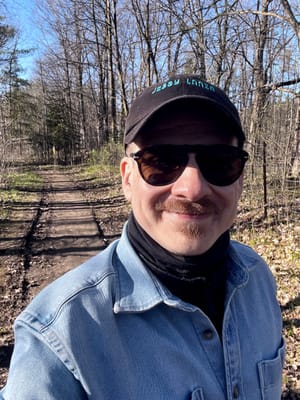
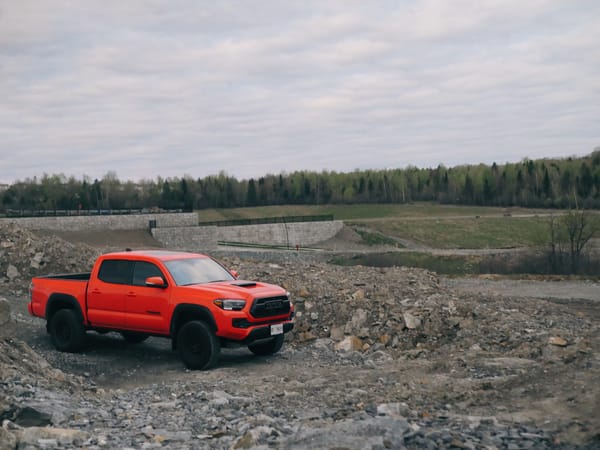
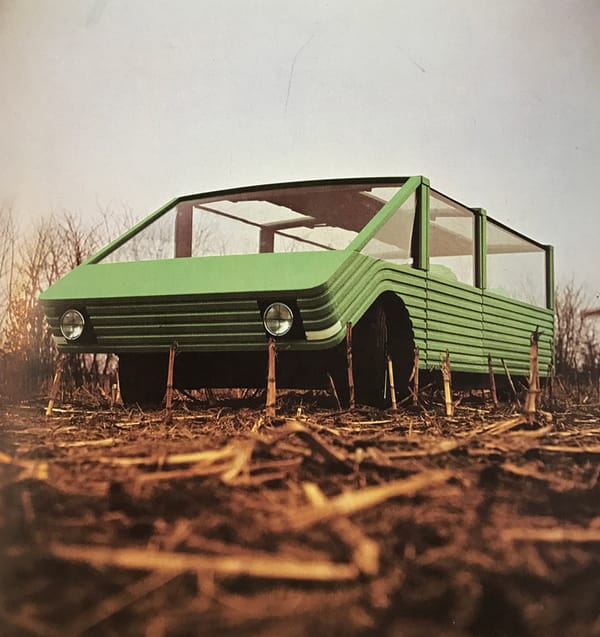
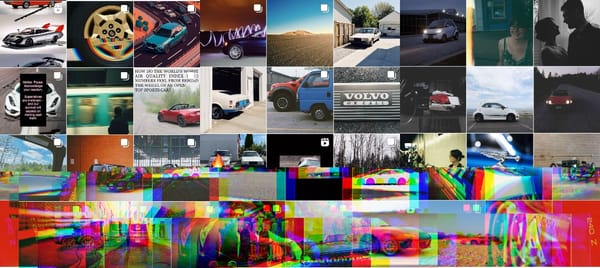



Member discussion